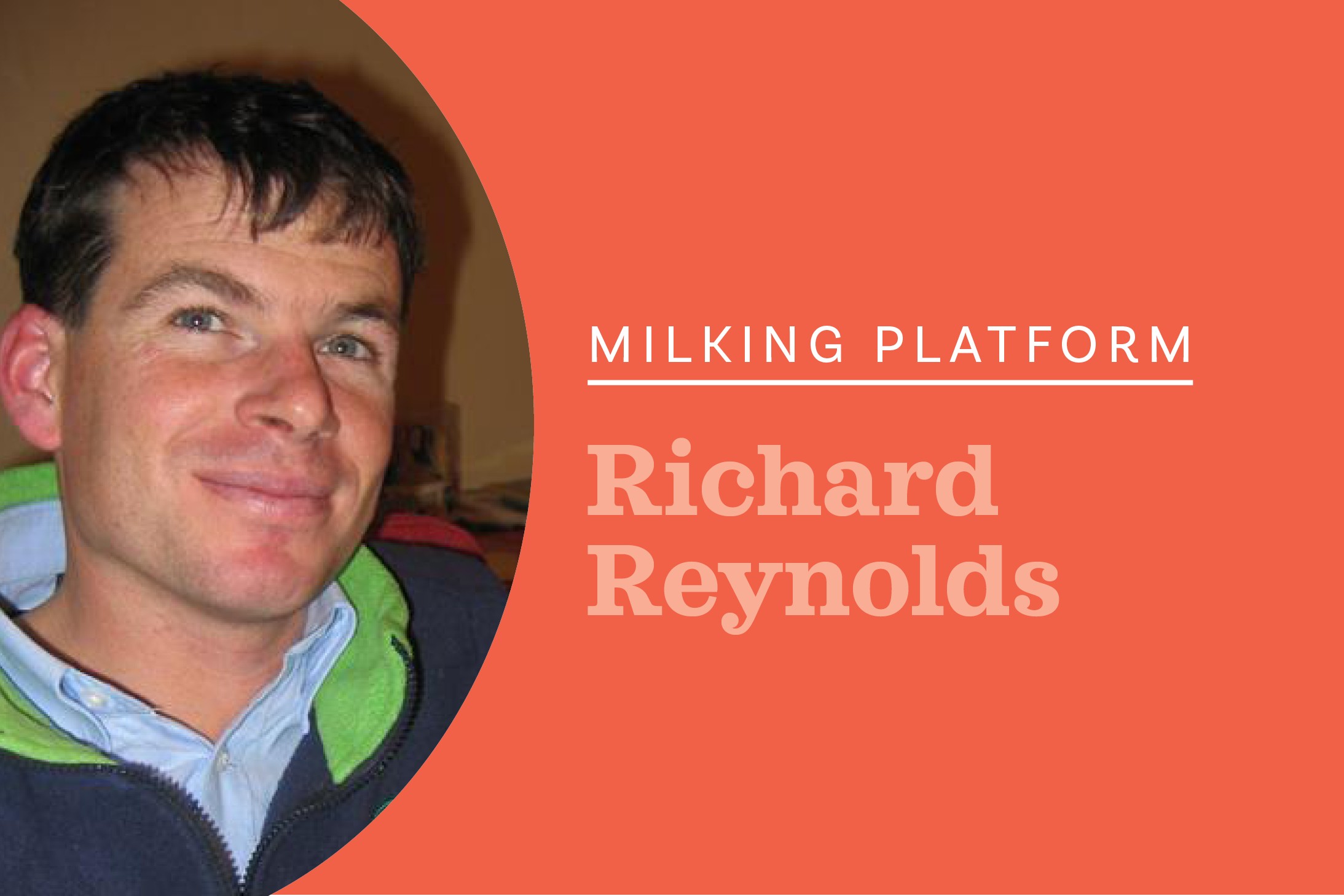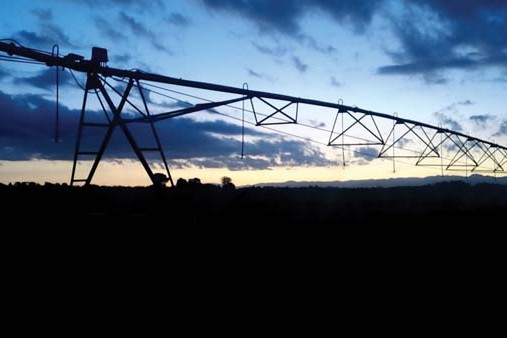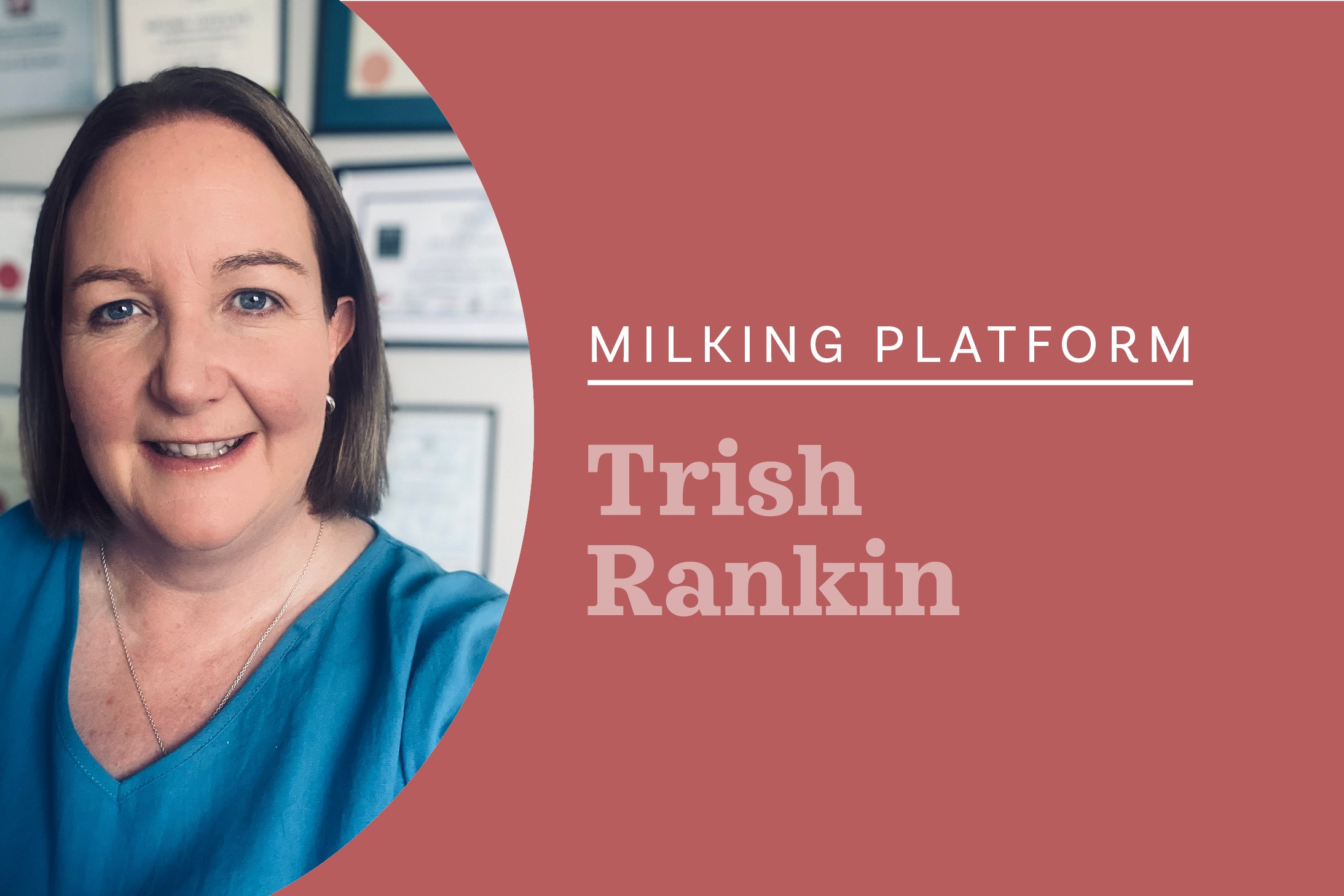The risks of strategy change
Richard Reynolds reflects on his time as a farm consultant and questions DairyNZ’s new strategy to meet farmer needs.


At the moment, DairyNZ, our farmer industry good body is going through some major changes. Change is a risky business, but staying the same is also a risky business.
A long time ago I worked for Dexcel as a consulting officer (CO) on the West Coast for five years. Dexcel changed its name to DairyNZ. I still had some farmers at the end of my time at the CO service associating us with the Dairy Board and MAF, neither of which we had been involved with for years. It is interesting how a strong brand that had had a major influence on people’s lives gets stuck as the brand that it was. Your customers own your brand.
We had a small South Island team of five areas that during the dairy expansion extended to six with the inclusion of Otago. I had the pleasure of working with some amazing people that were true leaders in the industry all doing it as a sense of duty, as the pay was average.
We ran a split approach to delivery, the bulk being geographic discussion groups where I would run up to five a week, with the aim of running one per area every six weeks. Sometimes these groups would go well, some were hard, sometimes all the farmers wanted to do was talk to each other. Now that I am farming, I understand the need to connect with other farmers in a hard spring or a drought – you just need to know that you are not the only one.
We also ran a high-quality larger group model with the use of scientists, speakers and COs from other areas. These were high quality and well attended.
The job was hard on staff with five years being long service and most lasting fewer than three. Travel in cars ranged from about 30,000km a year for Canterbury to my best of 70,000km a year. Things needed to change.
As such all COs were called to a meeting in Huntly and the grand new plan was unveiled. We were to survey all our farmers and put them into four categories – inventors, early adopters, followers and laggards. We were to only work with early adopters and at a push inventors and followers. While doing this survey for six months, the farmers would have such a built-up demand for our service that when we came back they would be like ravenous dogs for our service and fall in line with the new model.
The presentation went bad – really bad. Crying, walking out, yelling and even questioning, “Has this been tried?” – “No, but we think it will work and we are going to do it, so off you go.”
The first thing that happened was that all the best people resigned. Your best people are all volunteers – they volunteer to work with you, they have options and can leave at any time (I stayed). After a year we were back to doing what we had been doing beforehand, with less farmer trust and a younger, lesser-skilled team.
Present-day DairyNZ has tried one transformation of its delivery model which failed dismally. Some of the created positions made no sense and could not be explained. The best example was the farm engagement officer who was meant to only rock up to farmers that had no contact with DairyNZ and say, “Hi, I am here to help you.” This provided two options: a) The farmer says, “You are useless, piss off,” proving their perceived opinion of the farmer right; or b) “God am I glad to see you! I have major problems, can you help?” where they provide them with pamphlets and phone numbers, then buggered off.
The new strategy of fewer events but bigger and better events is risky. Your brand is at a low level, you will be measured by your last event, so when it finally happens it had better be good.
My worst turnout to a group was zero. It had been raining for weeks and this was the first sunny period, all the farmers were on tractors making hay. I was there to serve farmers; I had no right to expect them to turn up. Good luck with your new approach.





